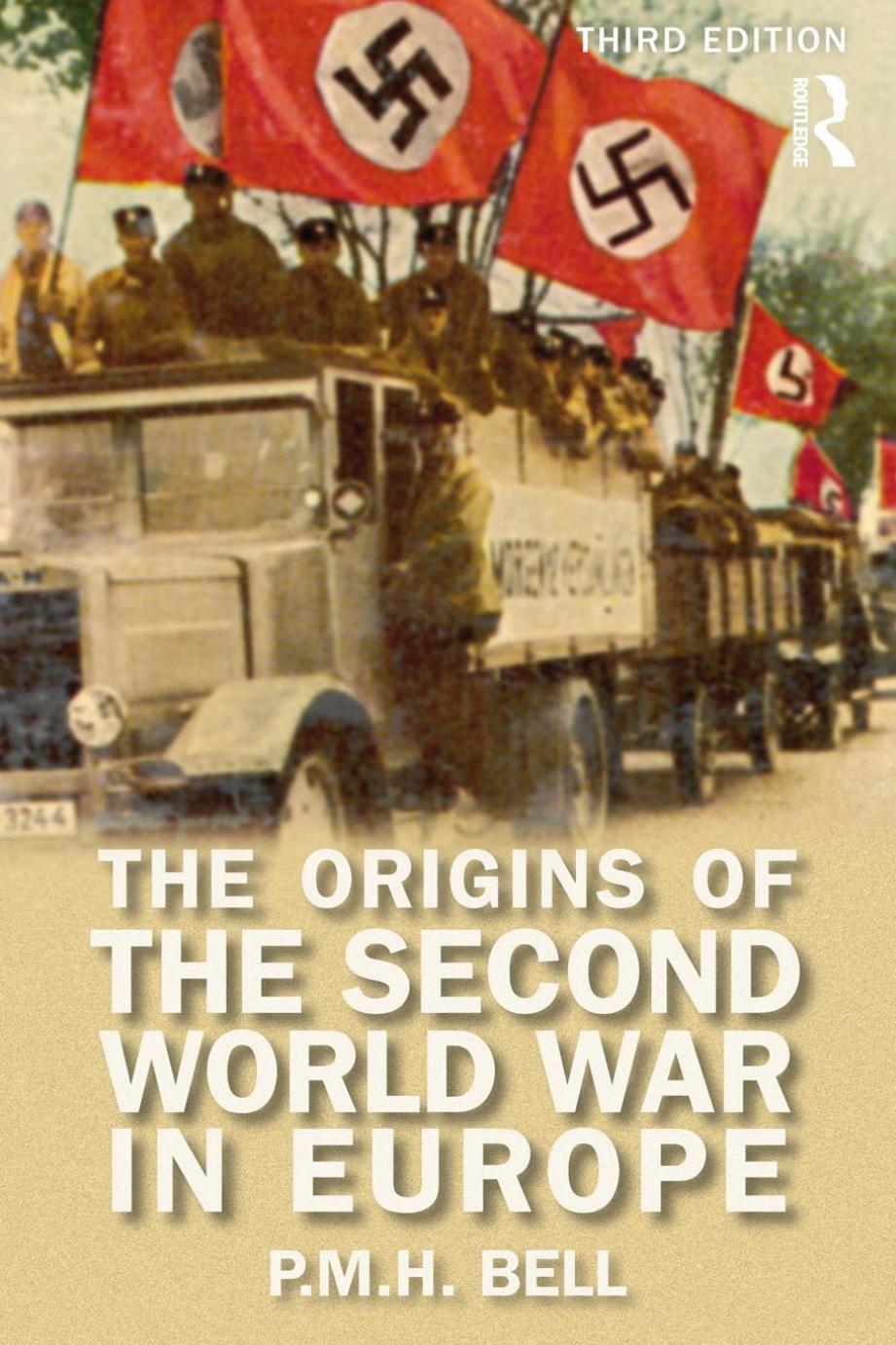The Origins of the Second World War in Europe by P. M. H. Bell

Author:P. M. H. Bell [Bell, P. M. H.]
Language: eng
Format: epub, pdf
ISBN: 9781317865247
Publisher: TaylorFrancis
Published: 2007-09-15T00:00:00+00:00
France
The French armed forces
These problems were much in evidence in the development of the French armed forces between the wars. The basis of French military power remained the army, which was mainly raised by a system of compulsory service, with contingents of conscripts passing through a period of training with the army and then going into the reserve, to be mobilised in case of need. There was also a force of regular soldiers, including the officer corps and most of the non-commissioned officers. Like nearly all armies based on conscription, the French Army was therefore made up of three elements: the regulars, conscripts serving their time with the colours, and reservists, back in civilian life but liable to recall.
During the 1920s, the period of military service in France was progressively reduced. Immediately after the victory of 1918 it stood at three years; in 1921 it was reduced to two years; in 1923 to eighteen months; and in 1928 to one year. At that time, the annual contingent of conscripts was 240,000, and the regular element was fixed at 106,000. Because of the shortfall in the birth-rate during the First World War, it was easily predictable that in 1936 and for four years to come, the annual contingent would amount on average to only 120,000 â half the number provided for by the military law of 1928.4 In March 1935 the Chamber of Deputies therefore amended the law to extend the period of service to two years, starting with the class to be called up in October. By October 1937, the conscript contingent would again reach 240,000.
To bring the army up to its full strength required the mobilisation of the reserves, which took millions of men out of their civilian employment, with all the economic and social disruption that that entailed. This process did not at once produce a fully effective fighting force, for many of the reservists required a prolonged period of training, and the whole army had to undergo a difficult adjustment. All this must be remembered when we consider the crises of 1936, 1938, and 1939, when the French either contemplated or carried out general mobilisation. It was a process which on the one hand disrupted the social and economic life of the country, and on the other produced for a time an army which was in the throes of reorganisation and retraining. It was not an easy course to take; and in some circumstances it might not prove effective.
The total mobilised strength of the French Army in September 1939 was 110 divisions, of several kinds - infantry, Alpine, fortress, cavalry, light mechanised, armoured, North African and colonial. This army was in the process of being re-equipped. In September 1936, the Popular Front government, despite its strong anti-militarist tendencies, judged the position of the country to be so serious as to demand a substantial armaments programme. A scheme was accepted for the ordering of 6,600 anti-tank guns (mostly the small 25 millimetre gun, but some 600 larger); and
Download
The Origins of the Second World War in Europe by P. M. H. Bell.pdf
This site does not store any files on its server. We only index and link to content provided by other sites. Please contact the content providers to delete copyright contents if any and email us, we'll remove relevant links or contents immediately.
| Central Africa | East Africa |
| North Africa | Southern Africa |
| West Africa | Algeria |
| Egypt | Ethiopia |
| Kenya | Nigeria |
| South Africa | Sudan |
| Zimbabwe |
Goodbye Paradise(3456)
Men at Arms by Terry Pratchett(2685)
Tobruk by Peter Fitzsimons(2376)
Arabs by Eugene Rogan(2196)
Pirate Alley by Terry McKnight(2128)
Borders by unknow(2119)
Belonging by Unknown(1732)
It's Our Turn to Eat by Michela Wrong(1593)
The Biafra Story by Frederick Forsyth(1561)
Botswana--Culture Smart! by Michael Main(1485)
The Source by James A. Michener(1459)
A Winter in Arabia by Freya Stark(1447)
Gandhi by Ramachandra Guha(1435)
Coffee: From Bean to Barista by Robert W. Thurston(1420)
Livingstone by Tim Jeal(1394)
The Falls by Unknown(1372)
The Shield and The Sword by Ernle Bradford(1312)
Africa: Altered States, Ordinary Miracles by Richard Dowden(1296)
Egyptian Mythology A Fascinating Guide to Understanding the Gods, Goddesses, Monsters, and Mortals (Greek Mythology - Norse Mythology - Egyptian Mythology) by Matt Clayton(1278)
